TL;DR
- The COVID-19 pandemic accelerated the adoption of remote and hybrid work models, fundamentally changing HR practices.
- Technology has fast-tracked HR processes, with digital tools like ATS becoming essential in recruitment.
- Employee well-being has become a critical focus for companies, recognising its impact on productivity and company success.
- The HR industry has shown flexibility and innovation in responding to challenges, setting the stage for a transformed future.
After the Covid-19 pandemic, the future seemed uncertain, but there is a light at the end of the tunnel in the form of long-awaited vaccination. Even though we would love to say that we survived the worst, it might be too soon to tell. However, we did go through enough challenges that made the year unforgettable.
Regardless of how difficult it was, last year changed our lives permanently. Nothing will ever be the same, and we choose whether we perceive it as a defeat or a chance to strive toward a better world.
In addition, HR felt the impact of the coronavirus pandemic immediately. The restrictive measures and social distancing forced almost every organisation to shift to remote work. Most of them didn't have teleworking policies and teams ready. Both employers and employees had to adapt quickly and ensure that businesses stayed afloat.
The way companies responded to the aftermaths of COVID-19 influenced workplaces, employee productivity, and revenues. But that response shaped the story every leader and employee will tell about 2020 in the years to come.
There wasn't an ideal answer, method, or approach. Every organisation and worker did the best they knew in those challenging moments. Yet, every action humans took in 2020 caused a tsunami of change. New trends, strategies, and focuses emerged, forever transforming the HR industry like never before.
Review of Human Resource Management Perspective Changed
Human resource management is where people conduct the recruitment process and then deal with the organisation's employees to maintain productivity and a positive environment. But the whole process has become a hassle since the year 2020, i.e., after the outbreak of a pandemic.
The experience of the Human Resource Management team is worth knowing for future safety and major steps that the upcoming HR team should take. Let's see what the points come under the book of Human Resource Management perspective.
1. Work from home and remote hiring
Despite how weary you must be from hearing about telework, it is impossible to talk about 2020 without mentioning remote work. Even though this form of work isn't a novelty in the post-pandemic world, COVID-19 did double the number of teleworkers. Moreover, up to 30% of workers will continue working from home.
It is what makes remote work more than a highlight. Telework is the future, whether people will work from home full-time or a few days per week. Employees will have to adjust to the new realm where virtual offices, meetings, and gatherings are the norm.
We must prepare that even once every person gets a vaccine, people will still be reluctant to be in physical spaces with other people. Hence, remote work will persevere and become one of the traditional forms of the workplace.
Besides, most people want to continue working from home even after the pandemic is a matter of the past. Due to the countless benefits it has, telework cemented its position, becoming the preferred work environment. It is why it's hard to believe that we're ever going back to how it used to be. Many people were exhausted from spending many hours commuting to sit around eight hours in a cubicle.
Things about working from home
1. As work from home continues, so does remote recruiting. Gone are the days when a selection process included job fairs, in-person interviews, and office employee onboarding only. Although these traditional recruitment strategies aren't gone, recruiters will mostly find virtual hiring time and cost-saving.
2. Remote recruiting relies on technology, which has countless benefits for a company and candidates. Recruiters don't have to engage in expensive face-to-face job fairs because that includes developing professional booths and employing people to represent a company throughout the event.
3. Thus, they would have to create and share applications with potential employers. In the post-COVID-19 world, that's online, and the fee one has to pay to participate in a digital job fair is small compared to the money needed for its on-site version.
4. Digital hiring also alleviates administrative issues as recruiters get to source candidates online, there are no expensive ads, and the bulk of resumes to go through. Overall, there's less papyrology throughout the process because it all happens online: from job applications to onboarding.
2. The technological 7 years jump into the future
Technology has become one of the most significant elements of Human Resource management and recruiting in the last few years. After employers realised the potential of tech to improve their businesses, they started purchasing recruiting systems. These systems are slowly taking over human resources.
For instance, Grand View Research found that the size of core HR software is projected to increase by 7% from 2017 to 2025.
Human Resource Management technology proves to be essential in making the hiring process more effective, fast, and successful. It shortens the pursuit of an ideal candidate by parsing resumes, using chatbots, keeping candidates engaged, and identifying the most qualified job applicants.
It is why many global organisations use an Automated Applicant Tracking System (ATS) and recruiting software to speed up their processes and detect candidates that align with their requirements and values.
Digital HR technology gained popularity even before COVID-19, but now when so many people telework, it is required. Thus, 54 per cent of HR leaders say that poor or obsolete technology and infrastructure are the principal reasons organisations can't perform effectively working from home.
Technology started merging with human resources in the previous decade, and we knew that would only increase. But we didn't expect it will happen that fast. The future arrived early.
A 2020 McKinsey Global Survey of executives uncovered that embracing digital technology accelerated by seven years. Hence, 80 per cent of companies interact digitally with their consumers in the post-pandemic realm.
The year 2020 in review shows that we live in a decade of technology, and its presence is widespread, entering every part of our lives, including workplaces. Small businesses and global enterprises will likely increasingly adopt digital technology to streamline hiring processes and practices.
3. Hybrid workplaces enter the human resource management
The changes don't stop with telework. Instead, it was only the introduction to hybrid models of work because not every employee is satisfied with working solely remotely or at the office. Many workers want to spend at least a few days per week in physical spaces, engaging in face-to-face communication with their colleagues.
However, employees also don't want to go back to working full-time in the offices.
A recent survey found that 82 per cent of employers believe their workers will work from home and in the company. Therefore, recruiters will have to find a way to implement a mix of traditional and virtual recruiting strategies in the recruiting process.
It is why in 2020, many companies announced a shift to hybrid workplaces. That requires the same approach from recruiters: hybrid hiring. And indeed, HR is getting ready to merge in-person and digital recruiting.
As a result, companies will have to re-evaluate their practices and whether their recruitment strategies need tweaking to align with hybrid hiring. They will also have to re-assess their talent acquisition methods and ensure that it's efficient in both recruitment forms.
The future will probably introduce hybrid recruiting to workplaces globally, and recruiters will aim to reconcile their face-to-face and virtual hiring strategies, such as job fairs, in-person interviews, chatbots, video onboarding, and the use of different tech systems.
4. Employee well-being became just as significant as revenues
The pandemic has shown us we are more vulnerable than we think, and a catastrophe can happen at any point. It also reminded us how crucial every life is. That was a wake-up call for employers who, in many cases, put finances, net income, and increasing productivity at the forefront of business essentials.
But without employees, there's no company. And if workers are sick, unhappy, or depressed, that will affect their productivity and, in the process, the organisation's objectives. There was no more place for putting financial goals as the focal point instead of employees' well-being, as it is an essential facet of the company to growth.
As they battled the coronavirus, leaders noticed their employees go through the same, which influenced their work. It is what made wellness and well-being programs a hot topic in 2020. Recruiters and hiring managers had to quickly identify how to develop and implement procedures and methods that protect workers and their health.
In addition, Employee well-being has become more than a trend. It turned into a must that every company that cares about its workers and the future will have to build and ensure it's making an impact. But we are still in the clutches of COVID-19, uncertainty didn't minimise, and health is one of the principal concerns. Hence, it's safe to assume well-being programs will become more diverse and widespread in the future.
A Final Thought on Review of Human Resource Management
The year of the COVID-19 pandemic was intense, at some points heartbreaking, and undoubtedly challenging. We experienced changes that happened once in a lifetime and went down in history. The pandemic of COVID-19, societal upheavals, and social distancing marked every aspect of our lives. That triggered a shift to remote work, digital acceleration, and focusing on employee well-being, the HR highlights of the last year.
The pandemic year in review reminds us that tumultuous times often cause ground-breaking changes, and they always test our limits. HR industry proved to be flexible, agile, and resourceful in addressing the pandemic. That incites hope that in the future years, we hope to be brighter, and we can see all the benefits of that challenging response.
FAQs - Frequently Asked Questions
How has the COVID-19 pandemic permanently changed HR management?
The pandemic accelerated remote work, hybrid workplaces, and digital recruitment. It also made employee well-being a top priority, fundamentally shifting HR focus. These transformations, supported by technology like iSmartRecruit, are now shaping the future of HR practices.
What is the role of technology in modern HR after COVID-19?
Technology has revolutionised HR by streamlining recruitment through tools like Applicant Tracking Systems. It boosts efficiency and candidate engagement, as seen with platforms like iSmartRecruit, which help companies manage the hiring process remotely and effectively.
Why is hybrid working becoming important in HR strategies?
Hybrid work balances remote and on-site presence, meeting employees' preferences for flexibility and social interaction. HR and recruiters now adapt by blending traditional and virtual hiring, a shift facilitated by technologies such as those offered by iSmartRecruit.
How does employee well-being impact company productivity?
Happy and healthy employees perform better, directly affecting organisational goals. The pandemic highlighted this, leading companies to focus on wellness programmes to support staff, a strategy encouraged and supported by HR tools like iSmartRecruit.


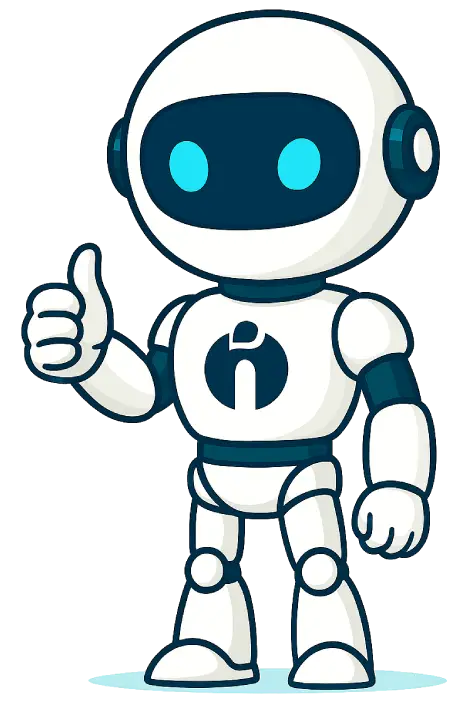





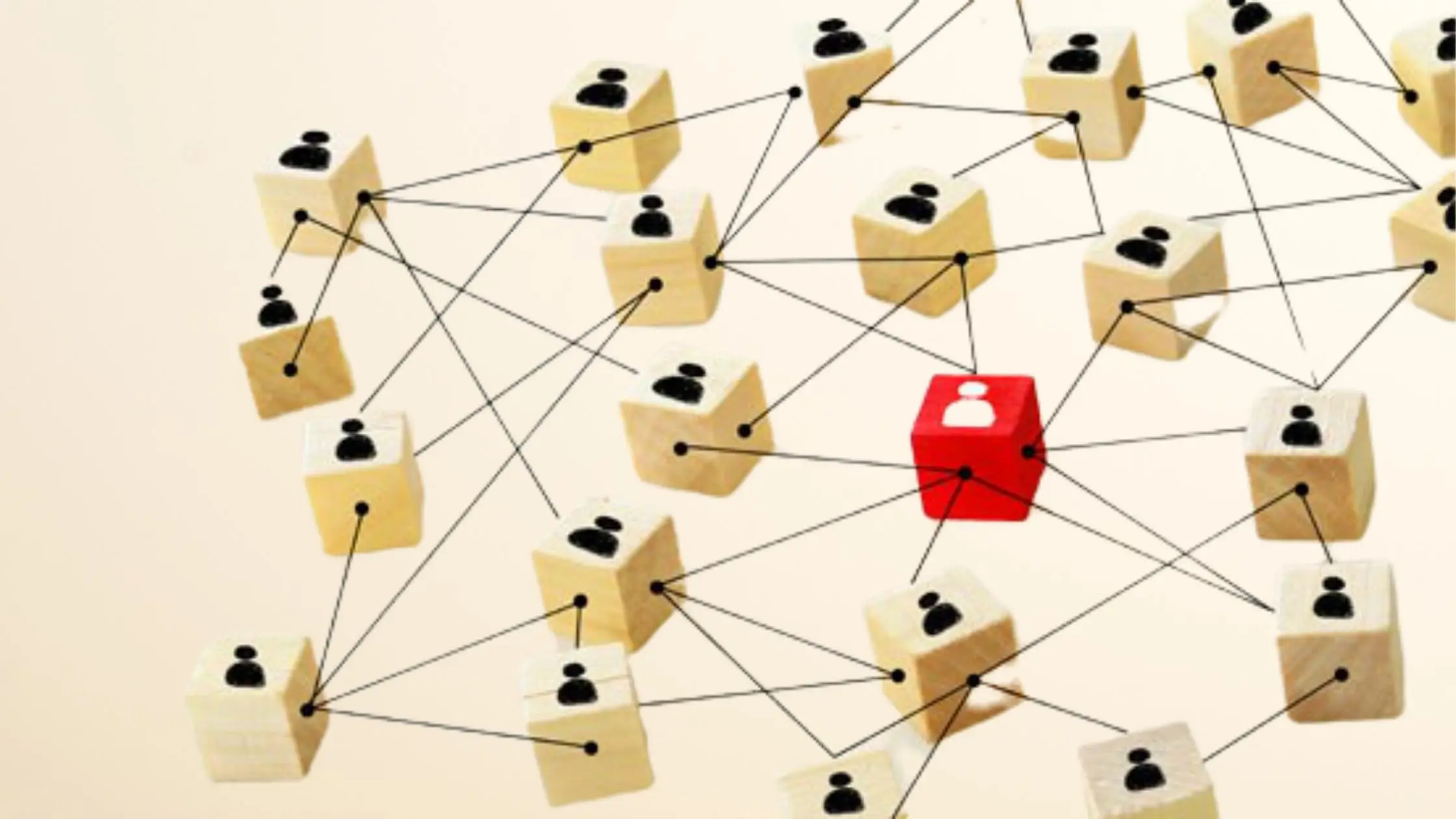
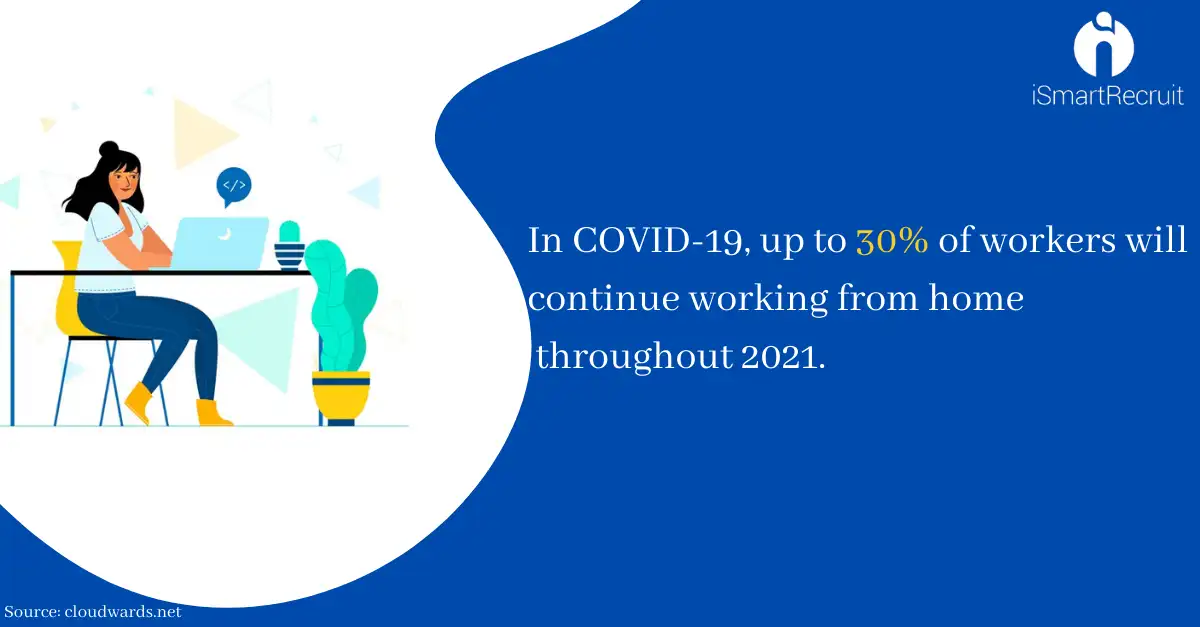

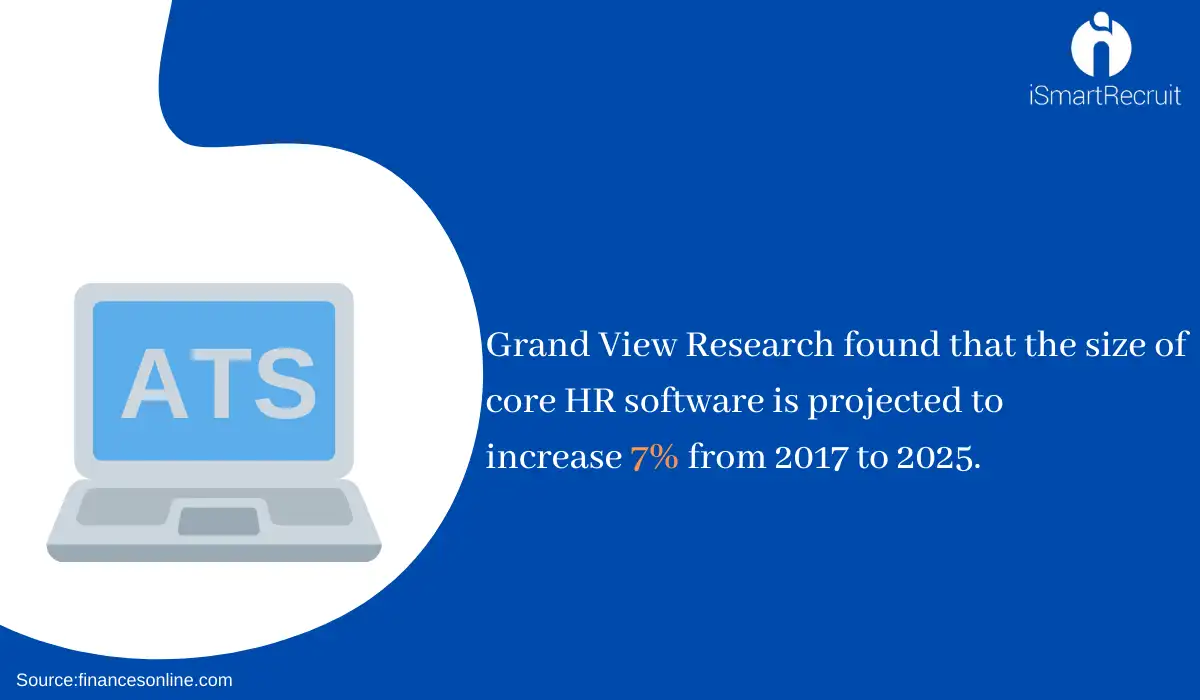
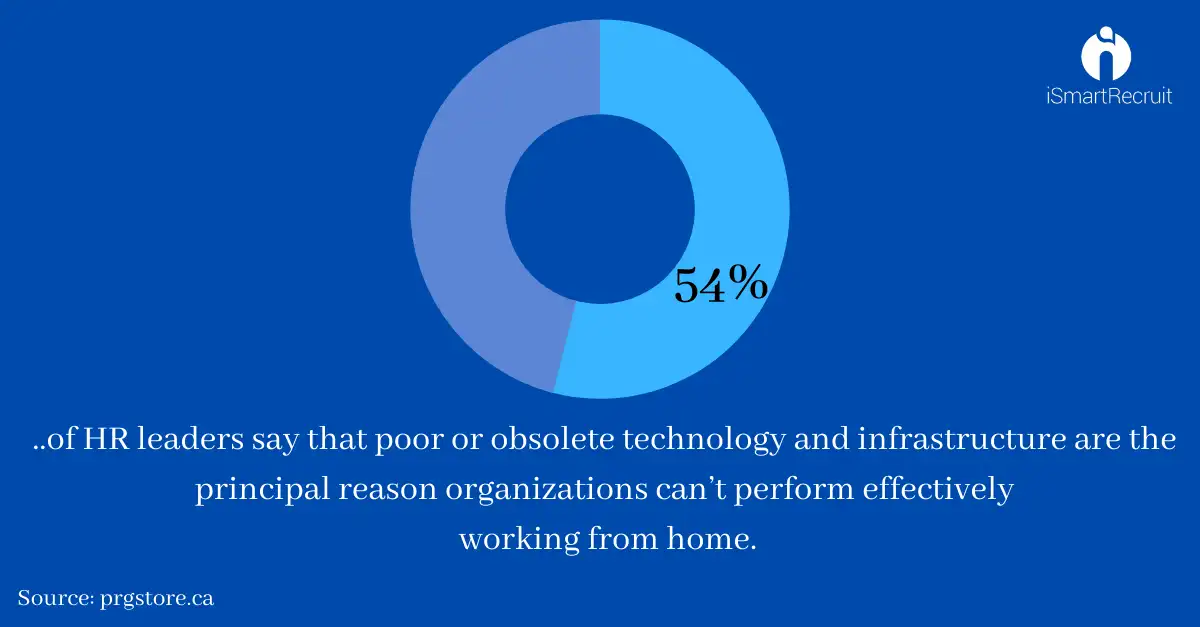
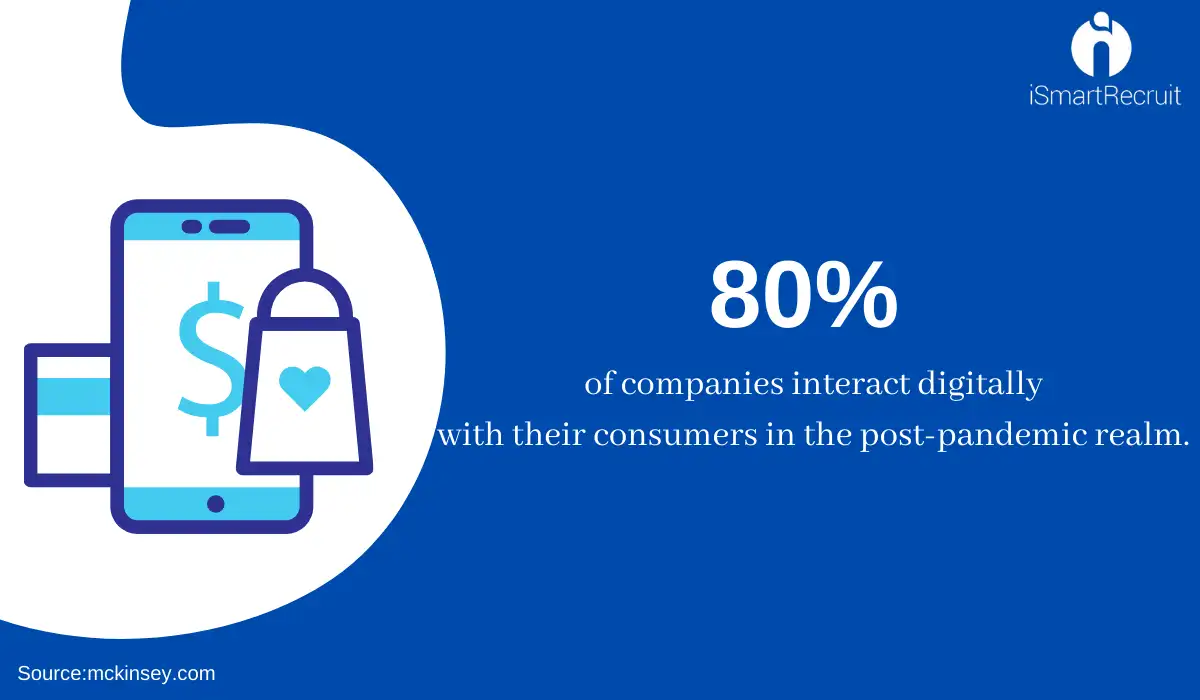
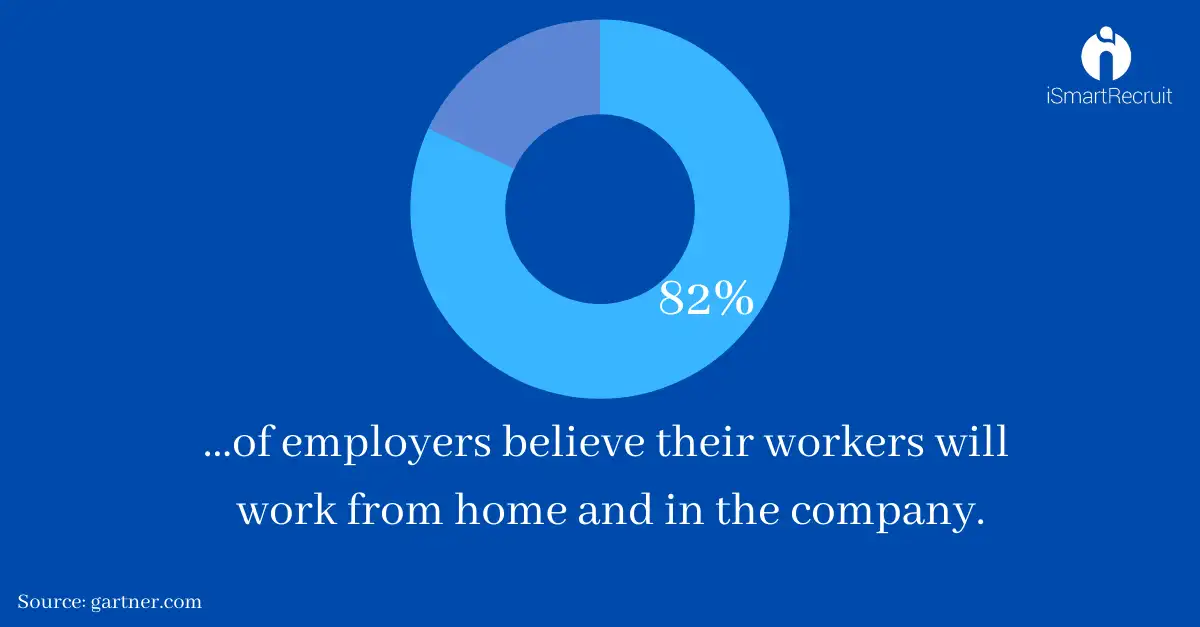


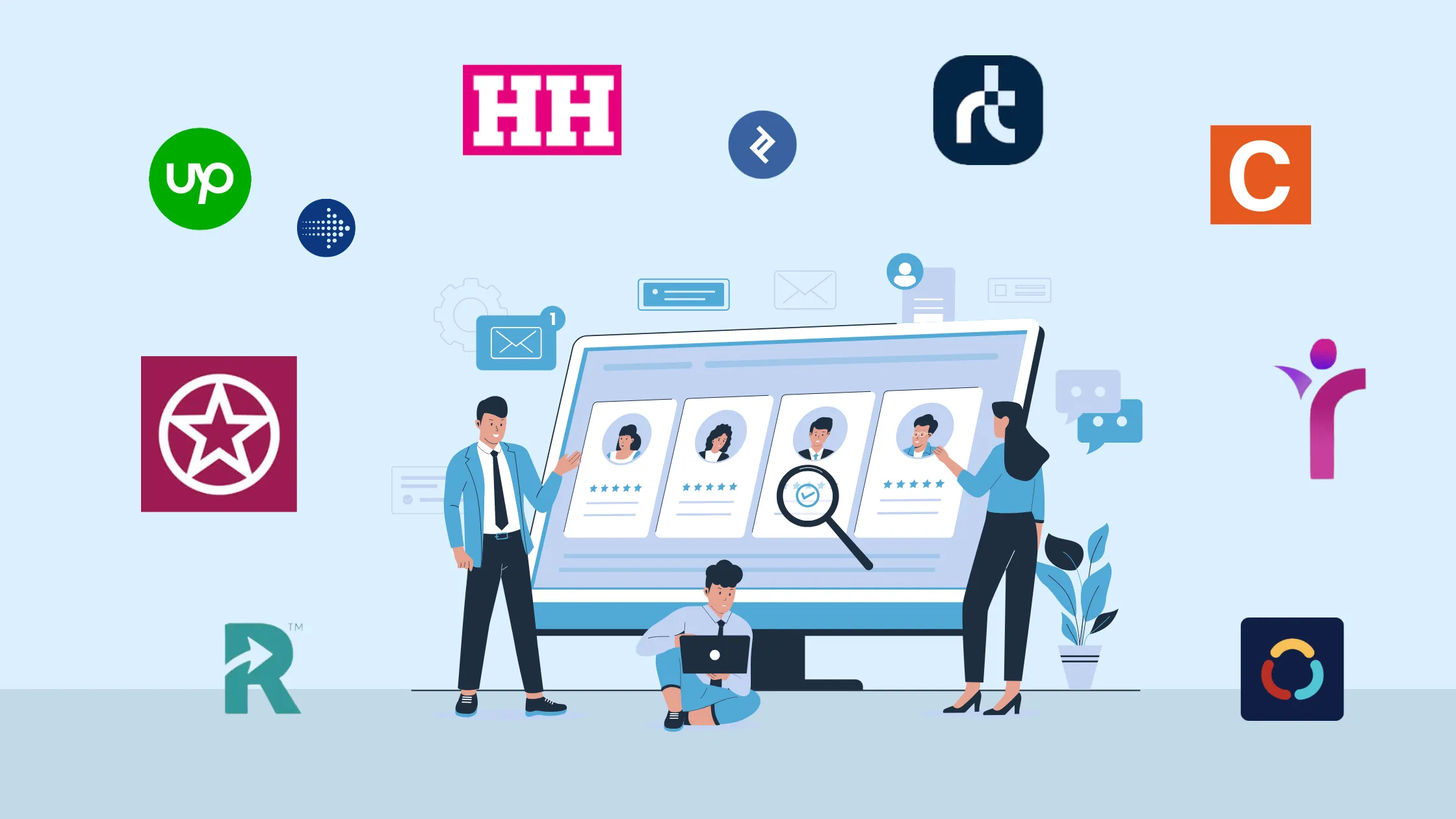
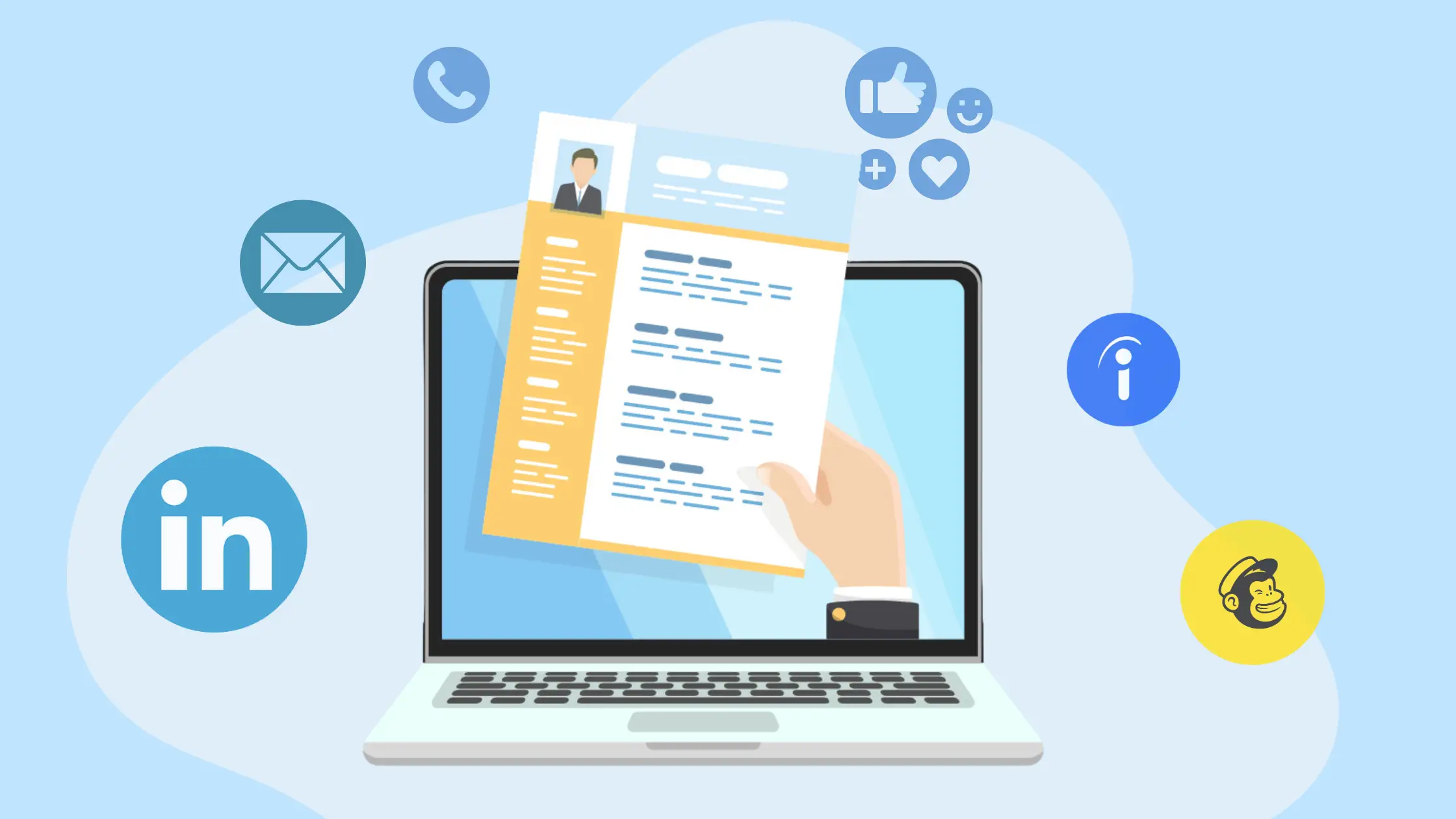
.webp)


